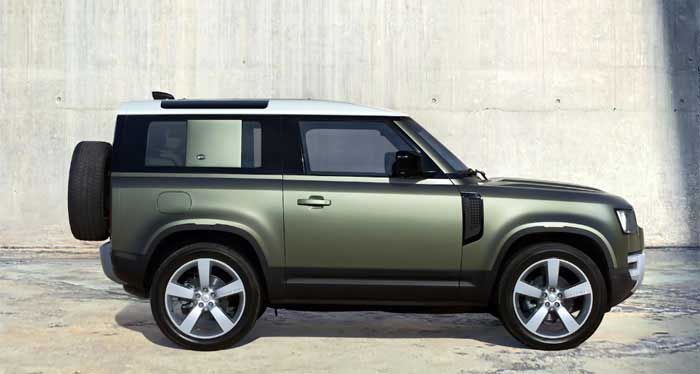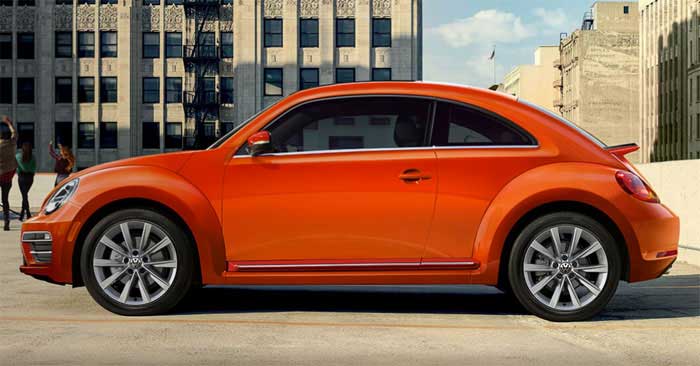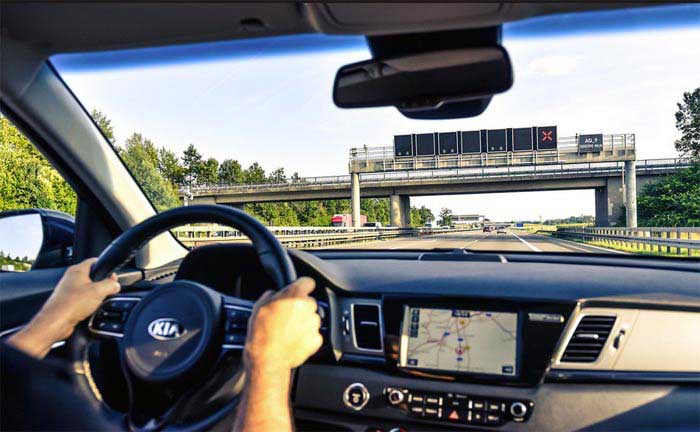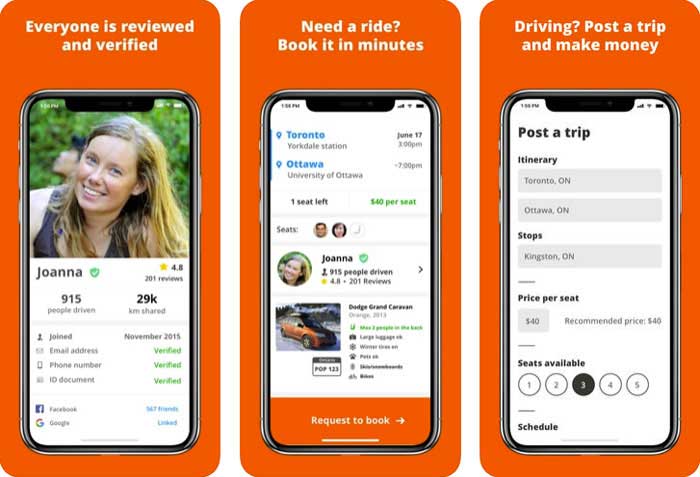Every two years, the world's largest automotive show is held, and new vehicles are unveiled. With the display showcasing Volkswagen, Land Rover, and more game-changing unveilings, this year was no exception. Electric cars are big news at this year's show, with the Volkswagen ID 3 having their global premiere alongside the Honda E, Porsche Taycan, Peugeot e-2008 and more. That said, there was still quite a crowd gathered around the conventionally fuelled new cars, especially the redesigned Land Rover Defender.
Top Must-see vehicles from the Frankfurt Show:
Landrover Defender (in photo):
The introduction of the renewed Land Rover Defender was crucial in two respects: first, because it displayed a new edition of a revered model; second, because the Defender's mostly combustion propulsion unexpectedly emerged rather odd and distinct from the advanced electrification accessible elsewhere for all the talk of hybridization. The latest Defender rides off the highway 0.8 inches (2 cm) faster than other Land Rover designs and provides a camera system that enables riders to see what's happening under the front wheels. It provides luxuries such as Apple CarPlay and Android Auto's 10-inch (25 cm) touch screen, features that enable riders to interact with their devices while driving.
Concept 4 Series by BMW:
BMW demonstrated its future thinking with the Concept 4 Series, which will form the basis for both the conventional current 4 Series coupé and the new all-electric i4. Therefore, the latter will be distinct in idea from the i3, which was so different, unique (and eye-watering costly to manufacture). Flexible platforms such as the future i4 may not promote optimized electric car packaging, but in this transition-to-electrification age, they prove to be the way forward. "The BMW Concept 4 embodies the BMW brand's aesthetic essence: it connects ideal proportions with a clear, precise design," explains Adrian van Hooydonk, BMW Group's design director. Laser headlights are designed like a piece of art. The sleek clusters have no glass covering them but depend instead on a three-dimensional structure with exposed internal components. BMW has incorporated enormous air openings just below the headlights, which should provide fresh air to the car brakes and engine compartment. The exterior is finished with the incredible Forbidden Red hue, which further highlights the marvelous contours of the car's body.
Porsche Taycan:
It was right here that Porsche presented plans for its electric future at the 2015 Frankfurt Motor Show for the first time with the Mission E concept. Now four years later, these plans have been brought to fruition with the Taycan production's auto-show debut in the same hallowed halls. Porsche engineers began with the Taycan from scratch. A new skateboard platform was designed to house a few electric motors, one on each axle to power all four wheels, and a battery pack. The engines produce a combined 592 horsepower together. The Taycan manufacturing can achieve 62 mph in less than 3.0 seconds and a maximum speed of 155 mph.
Audi RS6 Avant:
It combines jaw-dropping looks with a powerful twin-turbo V8 4.0-liter and usability for everyday use. Cosmetically, the front doors, roof, and trunk are the only body panels carried over from the standard A6. Everything else, like the chunkier wheel arches, larger air intakes, and larger wheels, is an RS-specific design. The 591-horsepower mild-hybrid can propel the Sportwagon from zero to 62 mph in 3.6 seconds with a top speed of 155 mph, which can be extended with the optional Dynamic and Dynamic Plus packages to 174 mph or 189.5 mph respectively. The new RS6 complements its performance with style. The front end has large intakes for the uprights at the corners with contrasting trim that attracts the eye. The RS6 can brake the inside wheels when cornering to maximize handling, while the optional Quattro Sport differential can send more torque to the outside dynamically. At speeds up to 13 mph, the RS6 can also stop/start, which is said to enhance fuel economy.
THE BOTTOM-LINE:
This year debut of the Frankfurt Auto Show has revealed a lot of new hybrid and electric cars from various international players. For further information on all the vehicles, you can visit Forbes.




